Looking back on the two complex vintages of 2024 and 2025, we faced numerous challenges. Thanks to accurate weather forecasting, precise management of individual plots, and decisive timing of the harvest, we successfully mitigated the challenges posed by nature to the greatest extent possible and crafted delightful wines in certain categories.
The early growing season of 2025 saw favorable temperatures and rainfall. However, July brought limited effective precipitation accompanied by prolonged high temperatures, leading to drought stress of the vines across some plots. Our timely activation of the drip irrigation system countered this, ensuring healthy vine development. Nonetheless, these specific climatic conditions in July caused the ripening period for all varieties to advance by at least one week.
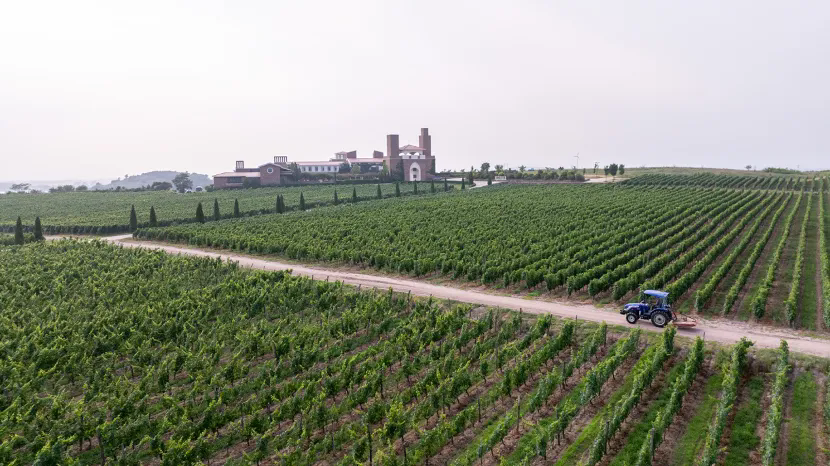
From August onwards, the weather shifted abruptly, with increased rainfall reaching 316.5 mm for the month. Persistent rains in late August caused vines to absorb water rapidly. The resulting excessive soil moisture compromised aeration, hindered root growth, and created vine imbalance, triggering the onset of diseases, particularly anthracnose on the berries. Rainfall continued in September, totaling 266 mm, coupled with consistently high air humidity, which further aggravated disease pressure in some plots.

Figure 1: January-October 2025 Rainfall Comparison vs. 18-Year Average
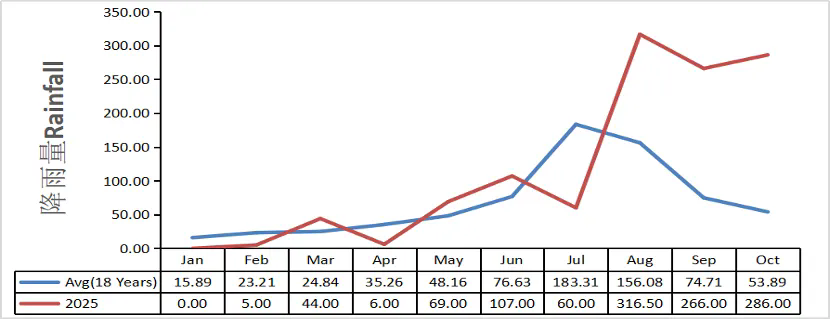
Figure 2: January-October 2025 Growing Degree Days Comparison vs. 18-Year Average

White Varietals: Consistent Excellence, Benchmark Quality
Chardonnay – Interpreter of Terroir, Setting New Standards
As the estate's star variety, Chardonnay once again demonstrated its exceptional potential in 2025. Harvest was conducted in three passes based on maturity and health. Although the first pick was about a week earlier than usual, the July heat and lack of rain allowed the grapes to develop a perfect sugar-acid balance: 20° Brix and 6.8 g/L acidity. Subsequent batches reached up to 21° Brix while maintaining stable acidity around 6.5 g/L. The final average yield was controlled at 7.5 tons/hectare.

Both technical analysis and sensory evaluation confirm that 2025 is another outstanding vintage for Château Nine Peaks Chardonnay. Compared to the 2024, the wines show a fuller body, more intense stone fruit and citrus aromas, with each of the three harvest batches contributing distinct aromatic layers.
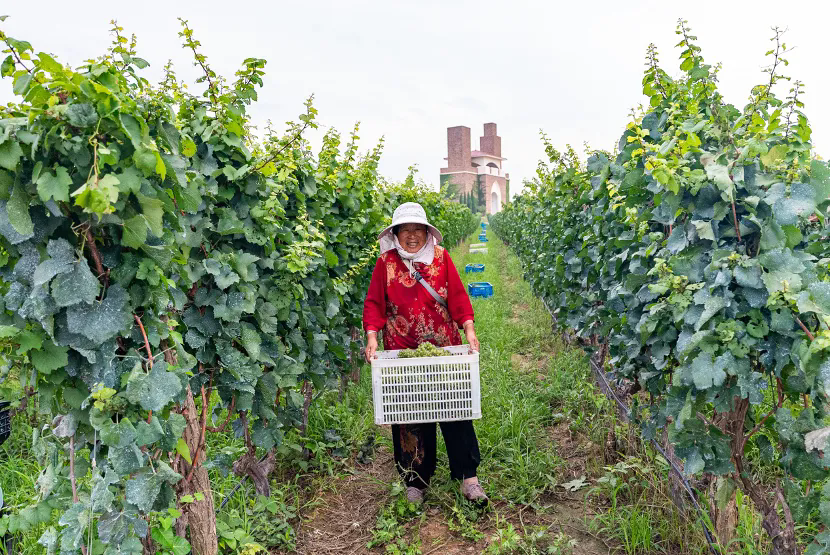
Petit Manseng – Reliable Performance, Diverse Styles
Petit Manseng continued to be a reliable cornerstone for the estate, thanks to its stable yields and healthy condition. This year, we experimented for the first time with crafting a dry wine from this variety:

Petit Manseng Dry White: Harvested in late August at 22.5° Brix and 7.5 g/L acidity. The wine exhibits aromas of honeysuckle and apricot, with a full body that beautifully supports its vibrant acidity, resulting in a fresh and crisp style.

Petit Manseng Sweet White: Harvested in mid-September, achieving a high sugar level of 27° Brix while retaining 7.8 g/L acidity. Post-fermentation, it reveals complex notes of cinnamon, honey, and mango, with a well-balanced sweetness and acidity, and a pleasant structure.
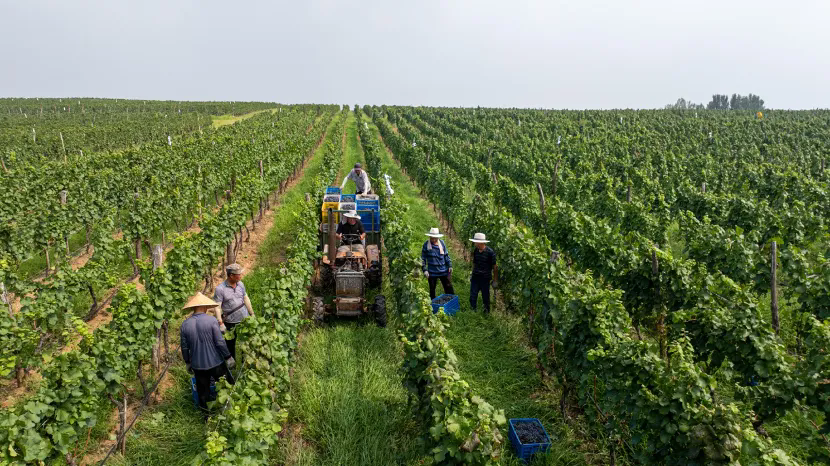
Blanc de Noirs: Exploring Courageously, Continuing Success
Following the great success of the 2024 Blanc de Noirs 'Moonlight', we continued early harvesting of several red varieties in 2025 for Blanc de Noirs production, with encouraging results:
Merlot: Harvested in late August at 21° Brix and 6.0 g/L acidity. The free-run juice underwent slight color adjustment before fermentation. The resulting wine is dominated by spicy notes with a good structure.
Petit Verdot: Harvested from specific plots in late August at 21° Brix and 7.5 g/L acidity. The wine offers floral and stone fruit aromas, accompanied by a hint of spice, with a round palate.
Marselan: Harvested in late August at 20° Brix and 6.0 g/L acidity. Very suitable for producing dry white wine, it is expressive with prominent stone fruit and pear flavors, supported by refreshing acidity.
Cabernet Franc: Harvested in early September at 19° Brix and 6.0 g/L acidity. Arguably one of the best choices for Blanc de Noirs, the wine is intensely aromatic, displaying complex layers of grapefruit, stone fruit, and floral notes, with a well-balanced body.

Red Varietals: Overcoming Adversity, Strict Quality Control
Harvesting for dry red wine production began in early September. However, cumulative rainfall of 582.5 mm during August and September led to rapid disease development, causing varying degrees of berry splitting and disease across different plots, posing severe challenges to both the yield and quality of the dry reds.
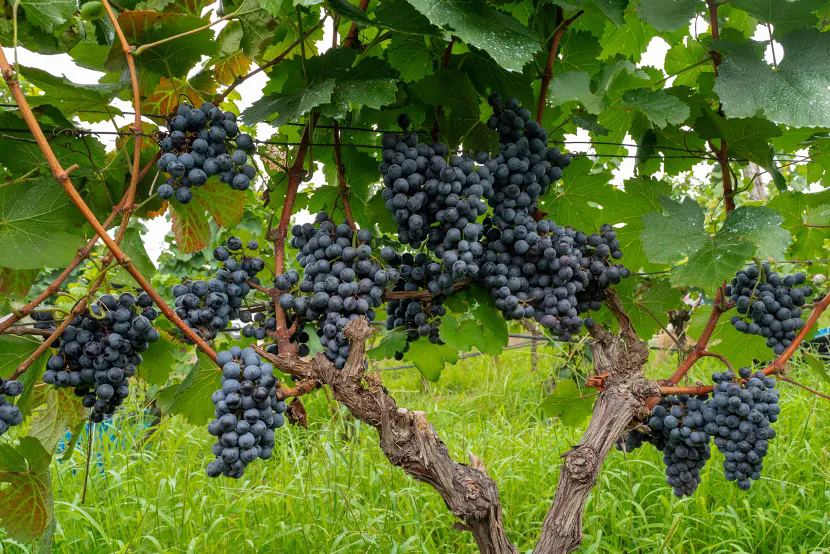
Marselan: Harvested in batches in early September. Despite encountering berry splitting, the grapes were processed after rigorous sorting.
Petit Verdot: Harvested in early September. Some berries were affected by anthracnose and splitting. Through multiple sorting stages, the overall quality of the processed raw material was secured. The harvested grapes reached 22° Brix with relatively high acidity. The resulting wine exhibits blueberry and violet aromas and was one of the better-performing red varieties this year.
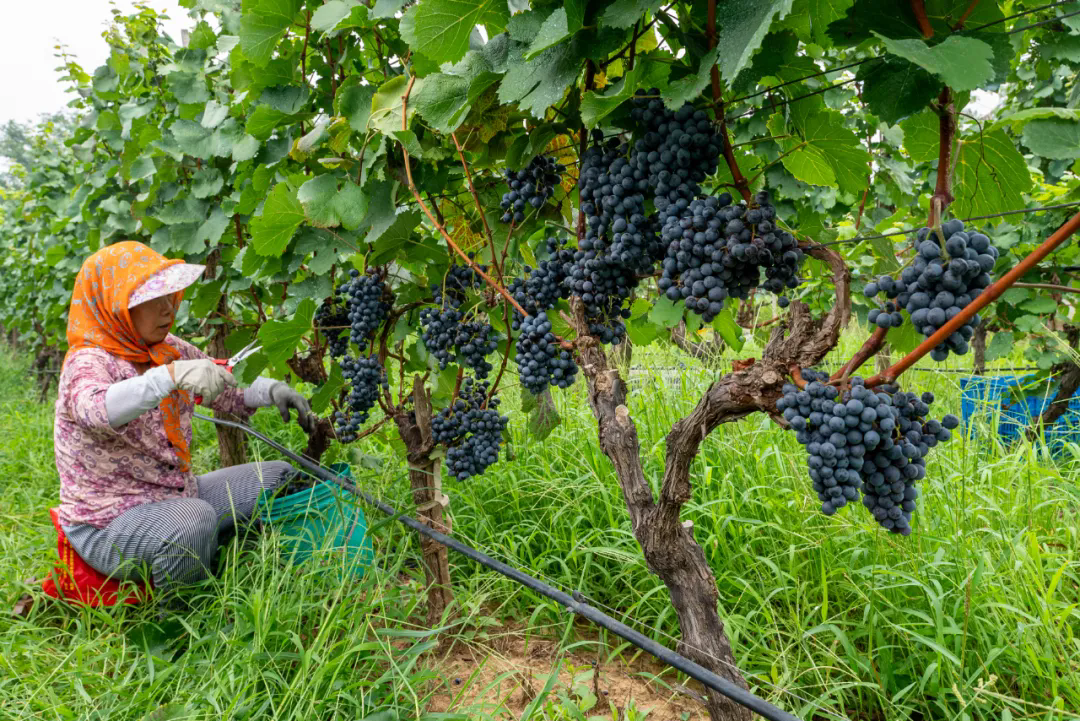
Other Varieties: Cabernet Sauvignon, Alibernet, Cabernet Franc, and Cabernet Gernischt were harvested sequentially from mid-September based on maturity. We consistently adhered to double manual sorting, both in the vineyard and at the grape reception stage to cellar , ensuring that every bottle of dry red wine released to the market offers value beyond its price.
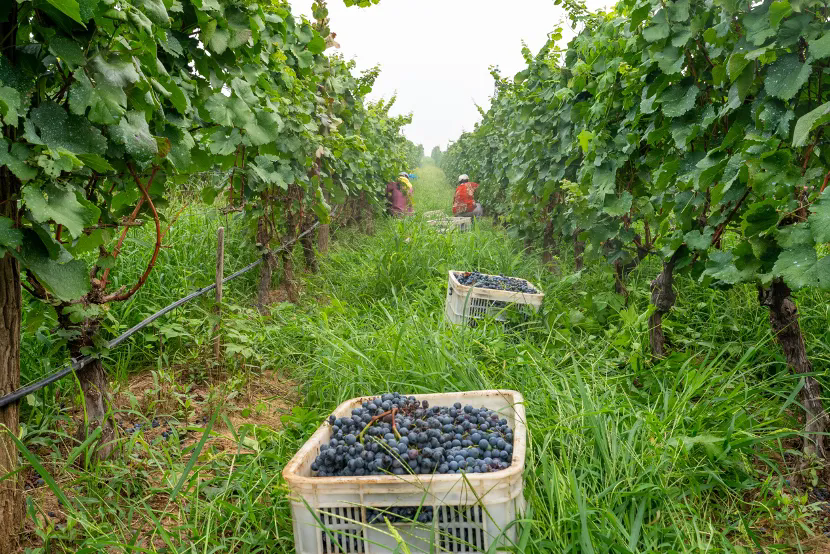
Looking back on 2025, we are filled with gratitude, yet not without regret.
We take joy in the consistent performance of Chardonnay and Petit Manseng, and the innovative surprises brought by the Blanc de Noirs series; but we also feel the pain of the extreme weather's impact on the yield and quality of our dry red wines.
Yet, it is precisely in vintages like this that our consistent philosophy shines through: To waste not a single grape, and to compromise not a single drop of wine.